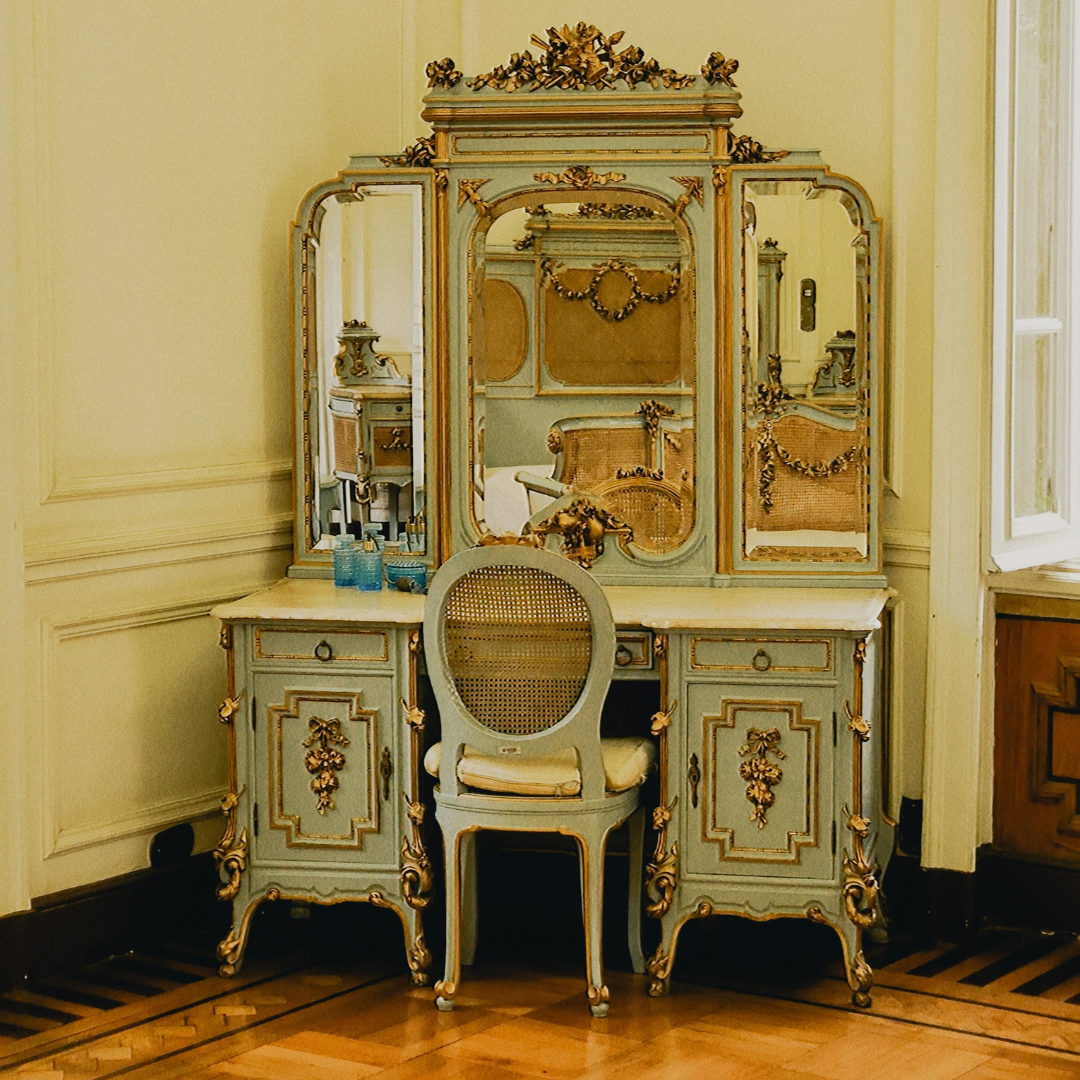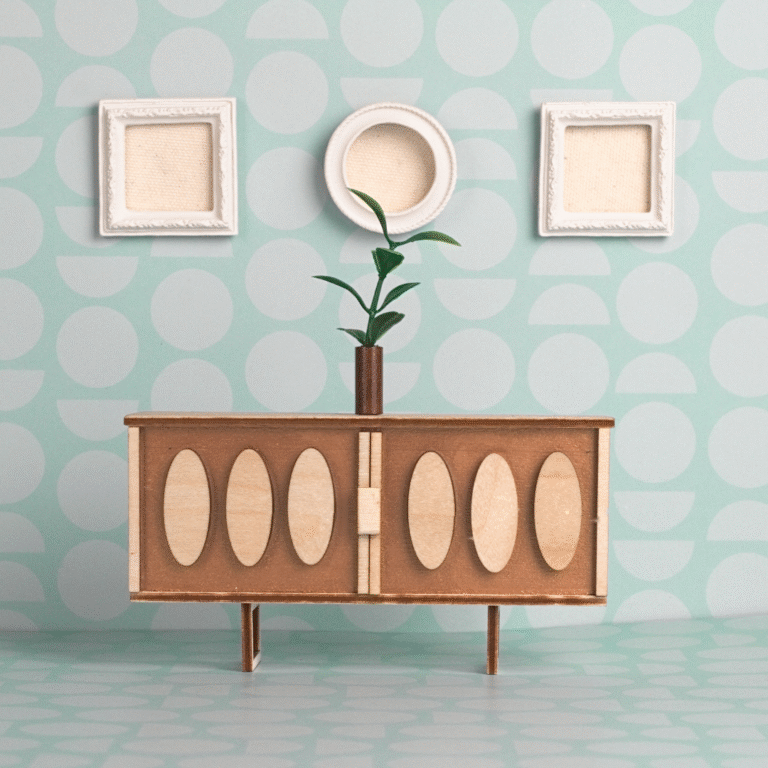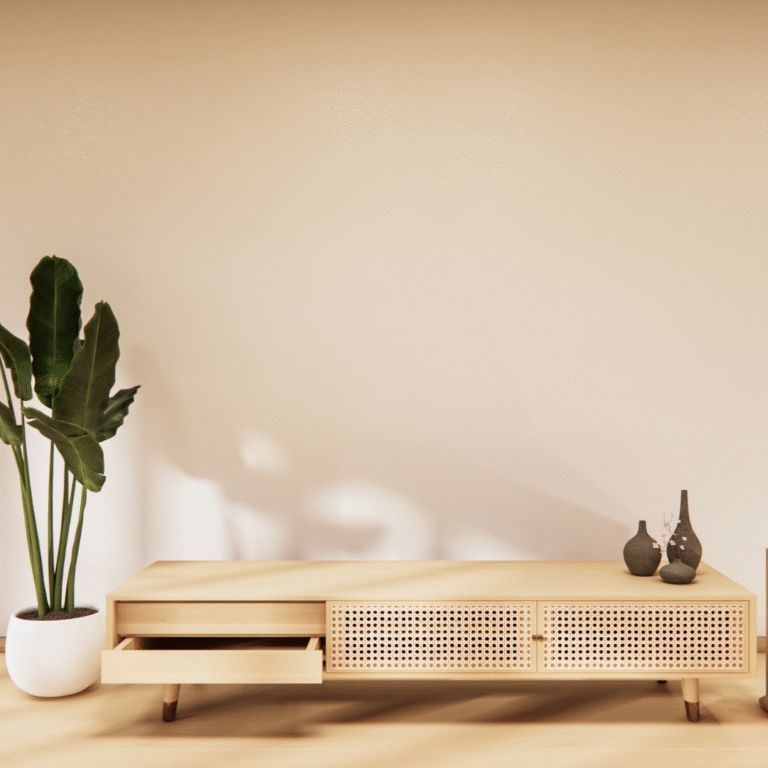Donec efficitur, ligula ut lacinia
viverra, lorem lacus.

How to Mix Antique and Contemporary Home Decor for a Timeless Look
Mixing antique and contemporary home decor can create a unique and inviting atmosphere. To achieve a harmonious blend, focus on combining a few key antique pieces with modern elements that complement their aesthetics. This approach not only showcases personal style but also adds depth and character to any space.
One effective strategy involves choosing a colour palette that bridges both styles. For instance, a modern sofa can be paired with antique side tables in similar shades, creating a cohesive look. Mixing textures and materials, such as metal with wood or soft fabrics against the rigidity of vintage decor, also enhances visual interest.
Incorporating statement pieces, like an antique mirror or artwork, can serve as a focal point in a contemporary setting. This juxtaposition invites curiosity and encourages conversation, making the home feel both curated and lived-in. With thoughtful consideration, the combination of old and new can transform a space into a true reflection of its inhabitants.
Core Principles of Mixing Antique and Contemporary Home Décor
Mixing antique and contemporary home décor involves a careful balance of various elements. This section explores key principles that guide the harmonious integration of styles, focusing on the significance of balance, colour, and personal vision.
Understanding the Balance Between Old and New
Achieving balance is crucial for a cohesive design. The combination of antique and contemporary pieces should feel intentional rather than haphazard.
- Proportions: Assess the proportions of each piece. An oversized antique item may dominate a small, minimalist contemporary space.
- Visual Weight: Pair items of similar visual weight. A heavy vintage armchair can complement a light contemporary sofa when placed thoughtfully.
- Stylistic Harmony: Look for common themes. Specific details, like materials or patterns, can create an undercurrent that ties the two styles together.
Establishing a Cohesive Colour Palette
A cohesive colour palette acts as the backbone for any design. This principle aids in blending different eras seamlessly.
- Select a Base Colour: Choose a neutral base, such as beige or grey, to anchor the space.
- Accent Shades: Incorporate a few accent colours found in both antique and contemporary items. For example, a bold blue vase can echo the hue in modern artwork.
- Consistency: Ensure that the chosen colours are present throughout various elements, like walls, furnishings, and accessories. This creates a visual flow and unity in the décor.
Defining Your Personal Style and Vision
Personal style shapes the narrative of the home. Identifying what resonates with the individual or family can clarify choices.
- Explore Inspirations: Gather images or samples of designs that appeal to them. This might include photos from magazines, websites, or visits to showrooms.
- Mix with Intention: Each piece should tell a story. A family heirloom can be placed alongside a contemporary sculpture to illustrate a timeline of design evolution.
- Reflect Personality: The space should encapsulate their interests and lifestyle. Accessories, such as books or art, should complement the overall vision while enhancing personal expression.
Selecting and Placing Antique and Vintage Pieces
Incorporating antique and vintage pieces into contemporary decor requires a discerning eye. Proper selection and placement elevate the aesthetic while harmonising different styles.
Identifying Authentic Antique and Vintage Items
When selecting antique and vintage items, authenticity is crucial. Antiques are typically over 100 years old, whereas vintage items are generally from the last century.
She can examine the craftsmanship, materials, and details. Look for signs such as:
- Wear and Tear: Genuine antiques often exhibit signs of age, like fading or minor scratches.
- Maker’s Marks: Search for stamps or labels that identify the maker, adding provenance to the piece.
- Materials: Quality materials, such as hardwood or handwoven textiles, help define authenticity.
Creating a collection of authentic pieces enriches the space, making it visually appealing.
Creating a Focal Point With Signature Pieces
A signature antique or vintage piece serves as a focal point in a room. This could be a striking antique mirror or a vintage chandelier that captures attention.
Position these elements in prominent locations, like above a fireplace or in the centre of a dining room. Pair them with contemporary furnishings to maintain balance.
A vintage wooden dining table can also serve this purpose, inviting warmth and character.
Using strong lighting to highlight these pieces enhances their presence. Encouraging the eye to travel throughout the space creates a harmonious environment.
Layering Textures With Vintage Linens and Rugs
Layering different textures adds depth and warmth to a contemporary space. Vintage linens and rugs can contribute significantly to this effect.
A vintage rug provides a tactile foundation, complementing modern furniture. She can layer it beneath a contemporary sofa for contrast.
Incorporating vintage linens, such as tablecloths or cushions, softens the overall aesthetic.
The mix of textures—from the softness of the linens to the weave of the rug—creates an inviting atmosphere. This layering technique allows for easy adaptation in different rooms, making each space unique while maintaining a cohesive look.
Integrating Contemporary Furnishings for Visual Interest
Incorporating contemporary furnishings into a space filled with antiques creates a dynamic visual narrative. It offers a balance that highlights the beauty of both styles while maintaining cohesion. Key techniques involve pairing modern design elements with classic pieces, mixing materials strategically, and balancing modern accessories alongside antique items.
Pairing Modern Lines With Classic Silhouettes
Contemporary furnishings often feature clean, geometric lines that can enhance the soft curves of antique silhouettes. A mid-century modern chair, for example, works well beside a traditional Victorian sofa, providing contrast.
Using a simple colour palette can help unify disparate styles. For instance, choosing neutral tones for modern pieces allows them to blend seamlessly with more ornate antiques. This approach promotes visual interest without overwhelming the space.
Mixing Materials and Finishes
Combining different materials can further enhance the aesthetic of a room. A glass coffee table paired with a rustic wooden sideboard creates a refreshing juxtaposition.
Consider using a mix of textures, such as leather, metal, and wood. This variety adds depth and richness to the decor.
Each material should complement the others, ensuring that the room feels harmonious. For example, a sleek metal lamp can ground a collection of antique brass items, adding modern flair while respecting the vintage character.
Balancing Contemporary Accessories With Antique Elements
Accessorising the space can inject personality while maintaining balance. A contemporary art piece can breathe fresh life into an antique-filled room.
It is essential to choose accessories that echo the shapes or colours of larger elements. For instance, a bold, abstract sculpture might reference the colour palette of an antique rug, tying the decor together.
By integrating modern accessories thoughtfully, it is possible to create a well-rounded composition that feels intentional and curated, rather than random.
Styling Tips and Final Touches for a Harmonious Home
Incorporating antique and contemporary decor requires thoughtful arrangement and attention to detail. Key elements like fresh flowers and curated display arrangements can significantly enhance the aesthetic appeal of a space.
Bringing in Fresh Flowers for a Modern Classic Vibe
Fresh flowers are a versatile accessory that can bridge the gap between antique and contemporary styles. They add colour and life, complementing the existing decor.
Choose elegant vases to display blooms, mixing both vintage and modern designs. For instance, a classic crystal vase paired with minimalist ceramics can create a striking balance.
Opt for seasonal flowers that suit the overall colour palette of the room. Neutral shades like whites and greens lend a calming effect, while brighter hues can become focal points.
Regularly changing the flowers keeps the decor fresh and dynamic. This small upkeep adds a modern touch to timeless elegance.
Curating Vignettes and Display Arrangements
Vignettes allow for creative expression within a home’s decor. Grouping various items together creates visual interest and tells a story about the homeowner’s style.
Mix antique pieces with contemporary accessories to create synergy. For example, display an ornate vintage clock beside sleek modern books or sculptures.
When arranging, consider height, scale, and balance. Use platforms or books to elevate certain pieces. A layered approach creates depth and ensures each item gets the attention it deserves.
Incorporate lighting, like an architect-style lamp, to enhance these arrangements, making them inviting and warm. Regularly revisiting and refreshing these displays keeps the home lively and engaging.



